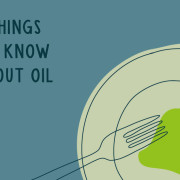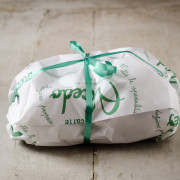Useful things to know about extra virgin olive oil
Extra virgin olive oil is always present in an Italian kitchen but it can be difficult to know how to choose a good one.
What do we have to know to choose a good oil? Which are some tricks and useful tips to know in order to come back home with a good product?
As I live in the middle of olive groves and I am lucky to be friend with Edo Bichi (www.saltapoggio.it) an agronomist and producer of excellent products, I asked him to tell me a few useful things to know about extra virgin olive oil.
Extra virgin olive oil is the result of a simple mechanical extraction process of the oil from olives. The olives do not undergo any kind of treatment except washing, decanting, a spinning cycle and filtration.
High quality extra virgin olive oil is a main staple in the mediterranean diet and can be used at all times, not only as a dressing.
It is rich in vitamin E and provitamin A (beta-carotene), with a high content of polyphenols, which are strong antioxidants that fight the negative effect of free radicals, responsible for cellular damage and degeneration.
The aroma should be pleasant, with notes of green or mature olive, but can also carry notes of other fruits like apple, citrus fruit or almond, along with hints of grass and artichoke.
A high quality oil will also present an intense, harmonic pungency and a bitter flavor that is due to the presence of phenols. These flavors will diminish over time and the taste will become less intense, less fruity and bear only a slight bitterness and pungency.
Contrary to popular belief, the color of oil is not an indicator of quality which depends, instead, on the variety of olives, their ripening and the presence of chlorophyll and carotenes.
Therefore, if you can’t taste the oil before buying it, don’t judge it by its color!
Free acidity is one of the main indicators of the quality of an oil. The higher the level of acidity, the poorer the quality. By law, it cannot be more than 0,8 grams per 100 grams.
If the label reads “cold drawn”, it means that the extra virgin olive oil was processed at a controlled temperature lower than 27°C. This guarantees that the extraction process was quality-conscious, allowing a better preservation of the distinctive properties of the oil.
For extra virgin olive oil to be traceable, it is mandatory for the label to specify the EU country or third country where the olives were harvested and where the olive extraction at a mill took place.
Designation of origin at regional level is reserved for products that have a DOP (Registered Designation of Origin) or an IGP (Protected Geographical Indication).
According to the law, the expiration date is set from bottling date, not from the production date. Only in the case of IGP and DOP oils, is it mandatory to specify the year of harvest and transformation of the olives. We should therefore select a bottle of oil with a label that states the year of production.
Price reflects the whole supply chain: the higher the quality of the product and of the process, the higher the cost of production determining the end price.
For any further info about oil don’t forget to visit Edo at www.saltapoggio.it
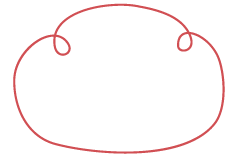
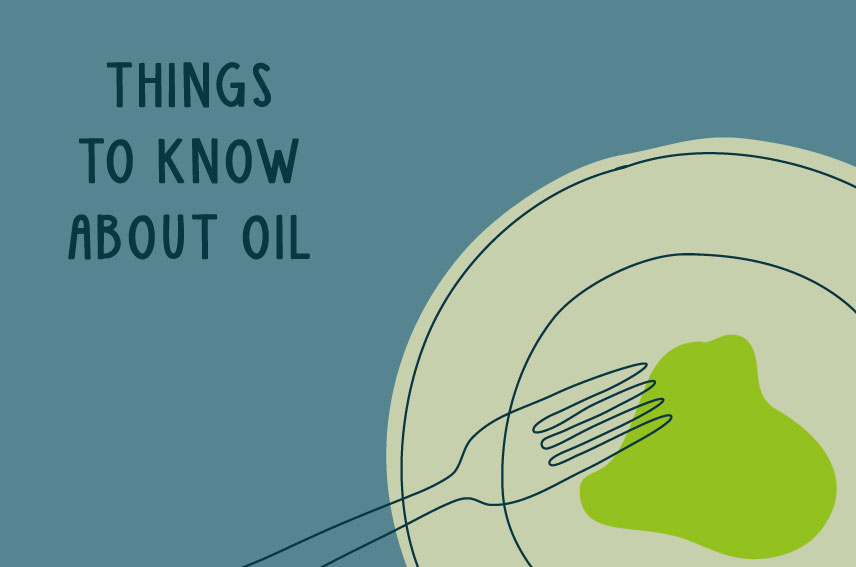
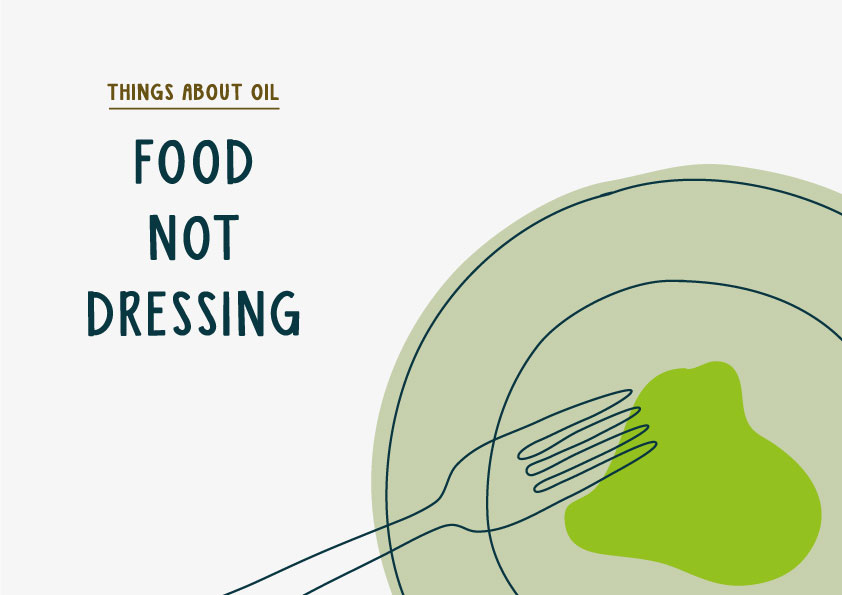
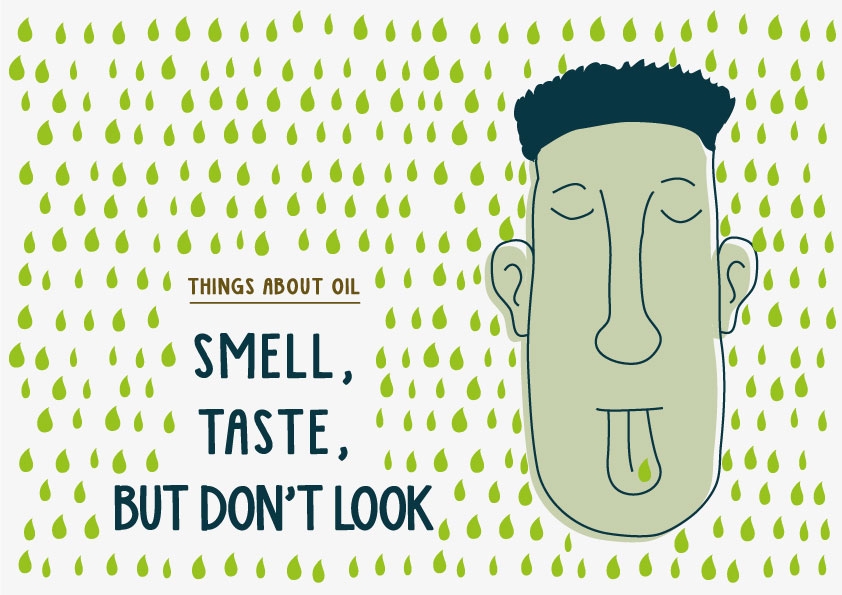
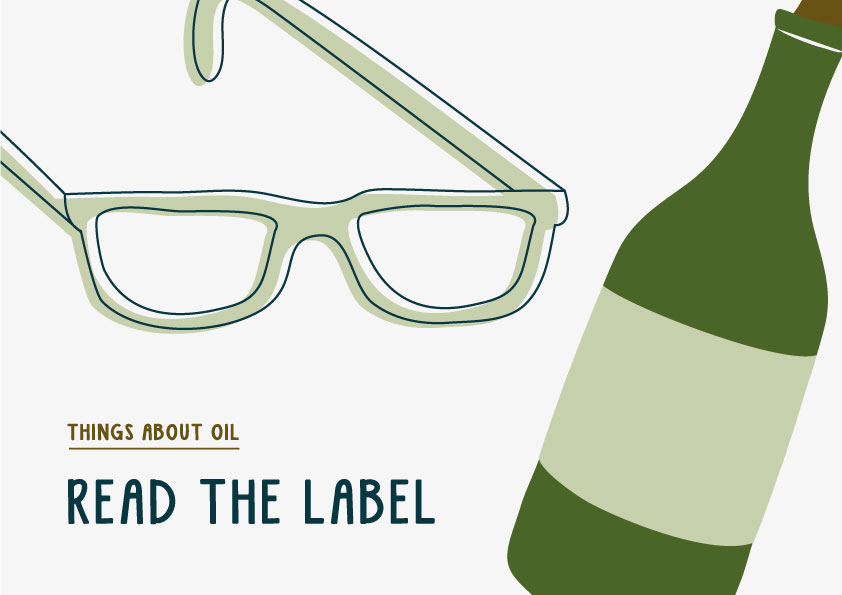
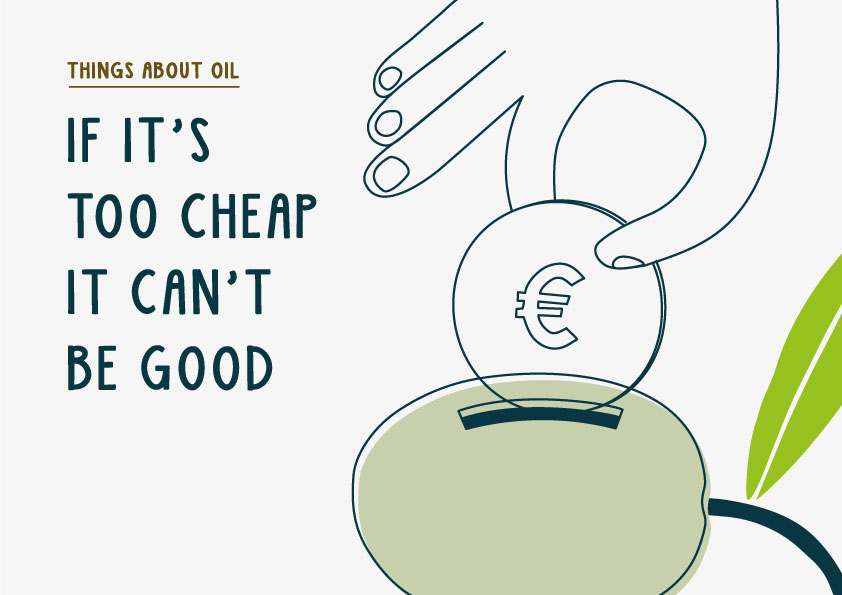

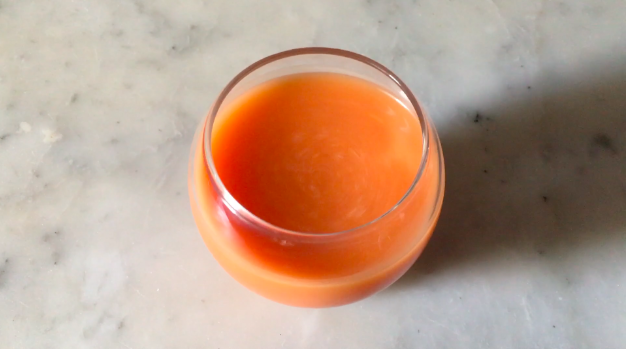
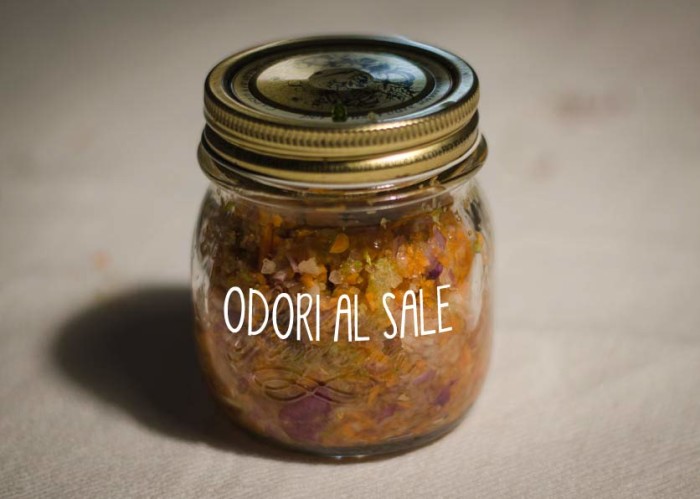
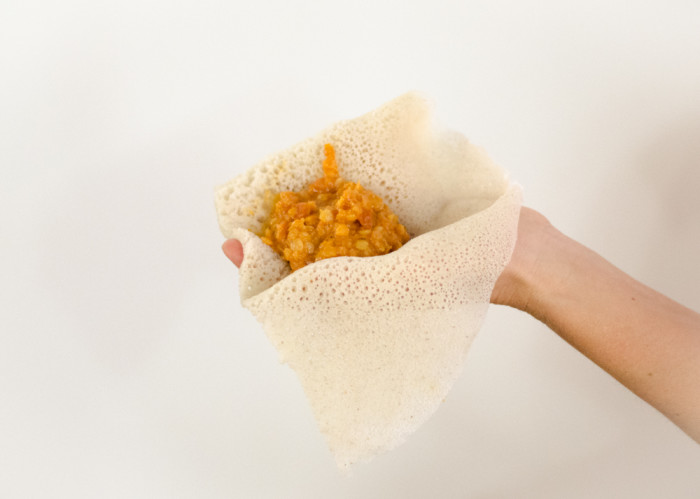
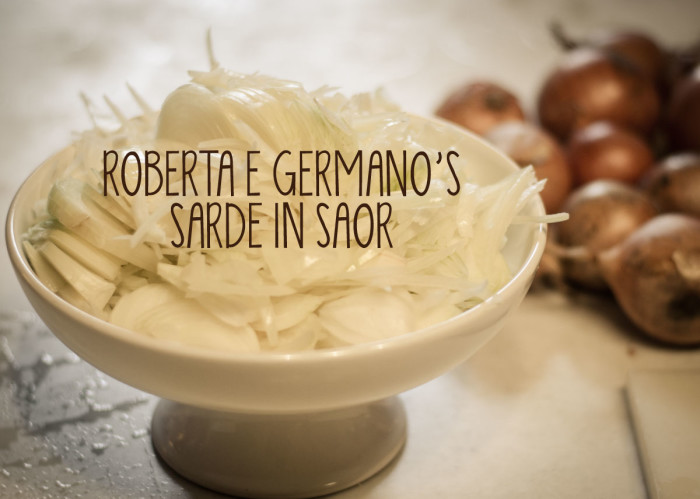

 English
English  Italiano
Italiano 
